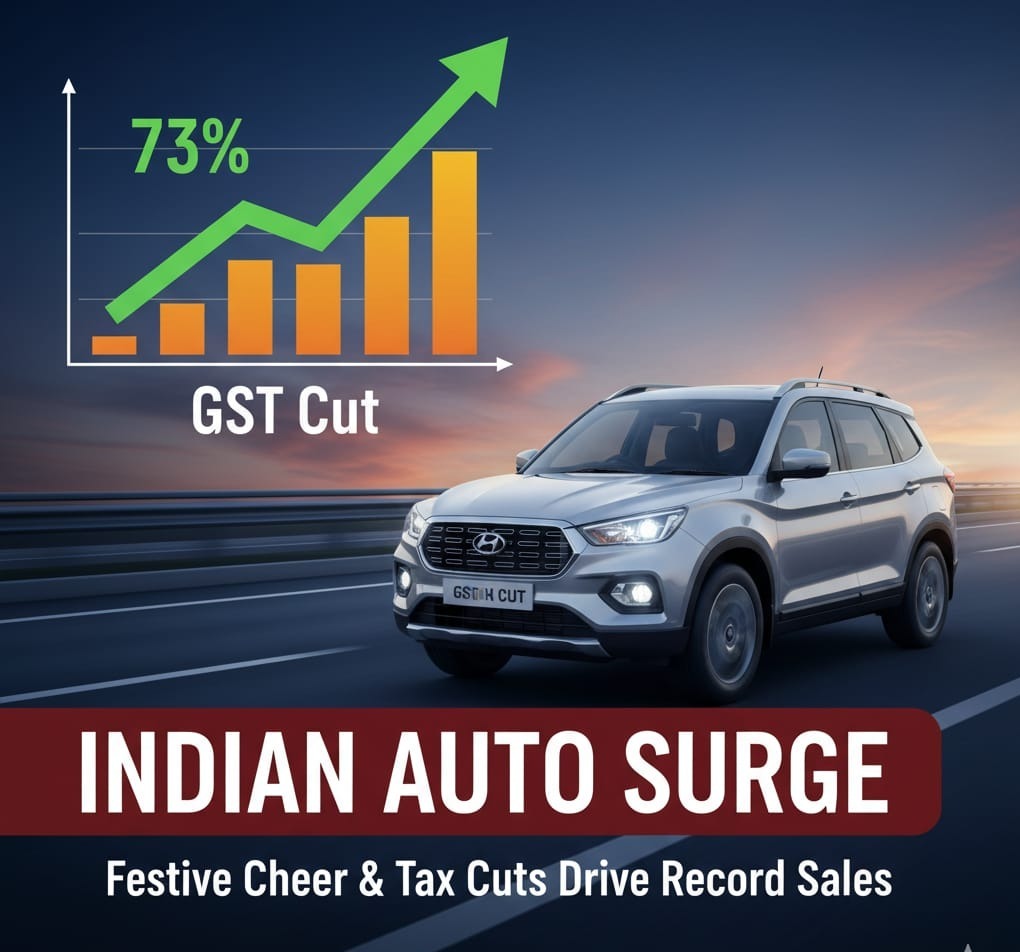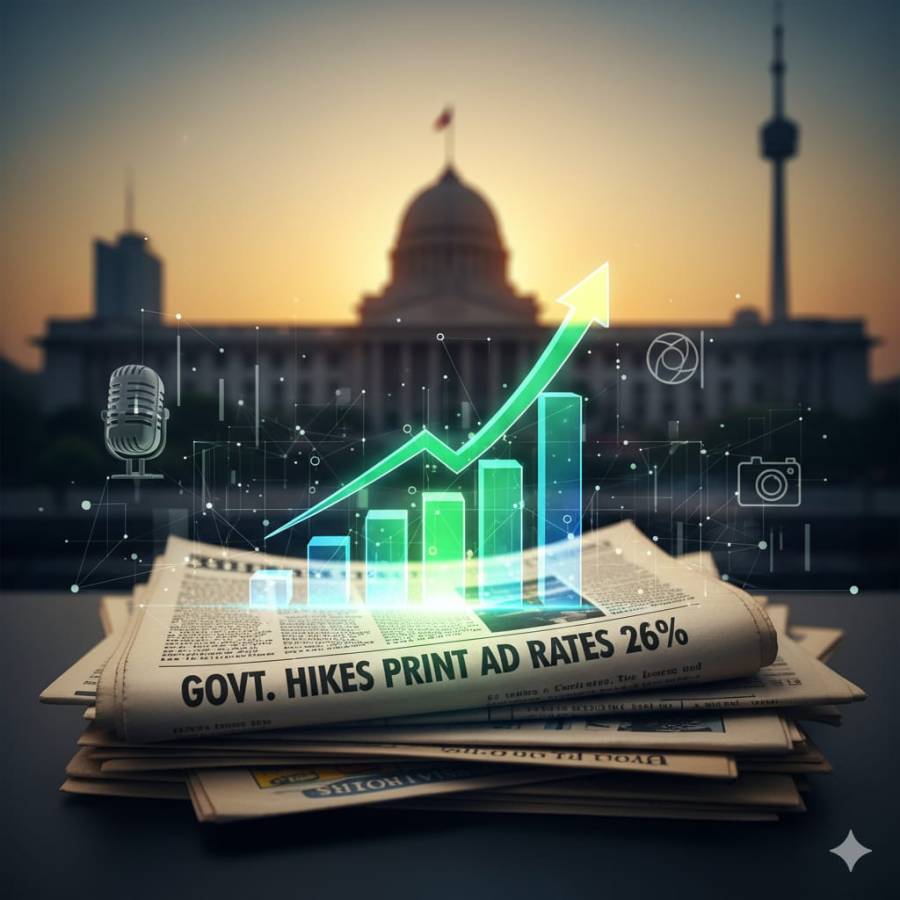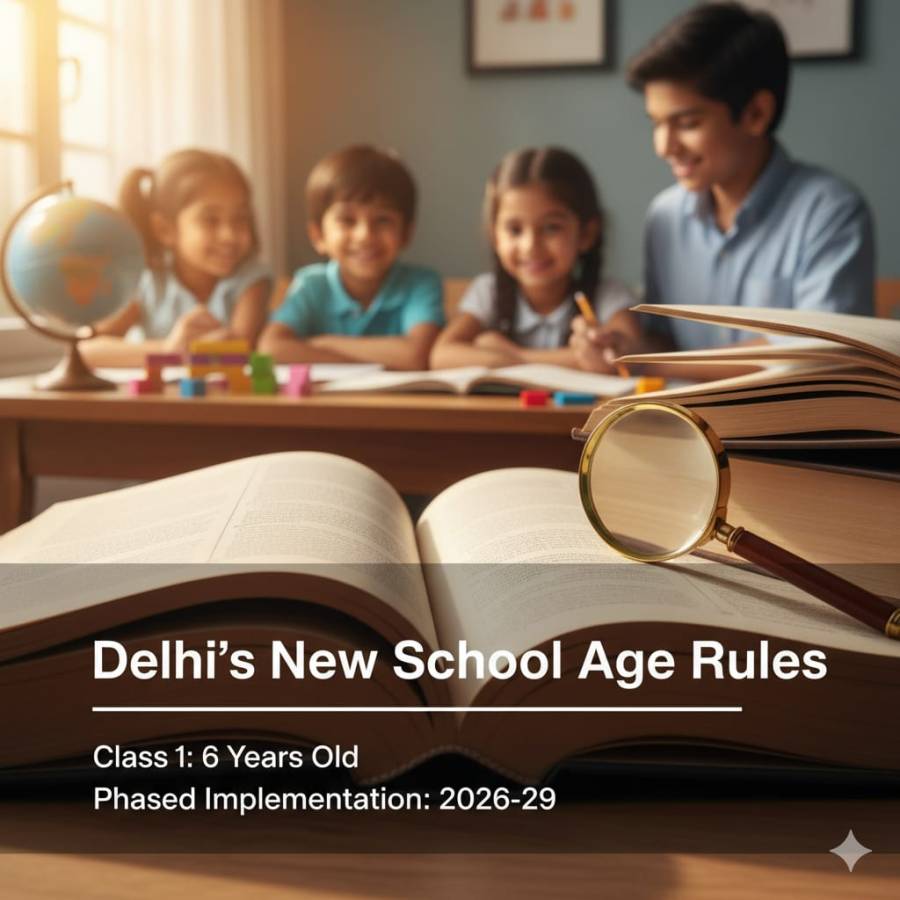
The Indian automotive sector is witnessing a sharp surge in sales, powered by a timely cut in the Goods and Services Tax (GST) and the onset of the festive season. This blend of policy stimulus and festive sentiment has transformed a period of sluggish demand into one of renewed consumer enthusiasm, offering carmakers and analysts a much-needed boost of confidence.
Policy Stimulus: The GST Catalyst
The primary engine behind this acceleration is the recent reduction in GST rates, which has made vehicles more affordable for consumers. Anticipation of this reform had led many buyers to delay purchases, but its implementation triggered an immediate jump in retail sales. Industry leaders have described this move as "GST 2.0," a decisive intervention that reduced ownership costs and expanded the buyer base.
Shailesh Chandra, Managing Director of Tata Motors Passenger Vehicles and President of the Society of Indian Automobile Manufacturers (SIAM), emphasized that the GST cut has directly lifted consumer sentiment. Major automakers are now reporting a sharp rise in daily enquiries and bookings across segments.
Festive Season Amplifies Demand
The GST relief arrived just as India entered its festive buying season, a period marked by Navratri, Dhanteras, and Diwali. This perfect timing amplified the impact of the policy. Maruti Suzuki, the country’s largest carmaker, recorded a 50 percent surge in retail sales between Navratri and Dhanteras compared with last year, marking an all-time record.
Hyundai Motor India reported a 10 percent year-on-year rise in enquiries and a 30 percent jump in retail sales, averaging around 2,500 deliveries daily. The company expects this momentum to continue, supported by the positive impact of GST reform and strong consumer confidence. Mahindra & Mahindra, meanwhile, forecasts mid to high teen growth in its SUV segment, reflecting India’s growing preference for larger, feature-rich vehicles.
Industry Projections and Future Outlook
Analysts believe the current momentum is not just a festive spike but the beginning of a stronger growth cycle. Moody’s Ratings has revised India’s passenger vehicle sales outlook upward, projecting a Compound Annual Growth Rate (CAGR) of 6.5 to 7 percent through FY26. This outlook reflects optimism that lower prices and steady demand will sustain growth for the foreseeable future.
Automakers are responding by ramping up dispatches and managing dealer inventories more efficiently. The focus is shifting toward premium, technology-rich models, echoing the "premiumization" trend noted by Maruti Suzuki Chairman R.C. Bhargava. This move aligns with changing consumer aspirations and evolving market dynamics.
With the twin boost of GST reform and festive optimism, the Indian automobile industry is steering into a new phase of sustained expansion. Strong policy support, upbeat consumer sentiment, and adaptive corporate strategies are aligning to redefine one of India’s most vital manufacturing sectors. The road ahead appears bright, signaling that the industry has truly shifted into high gear.


















.jpeg)

